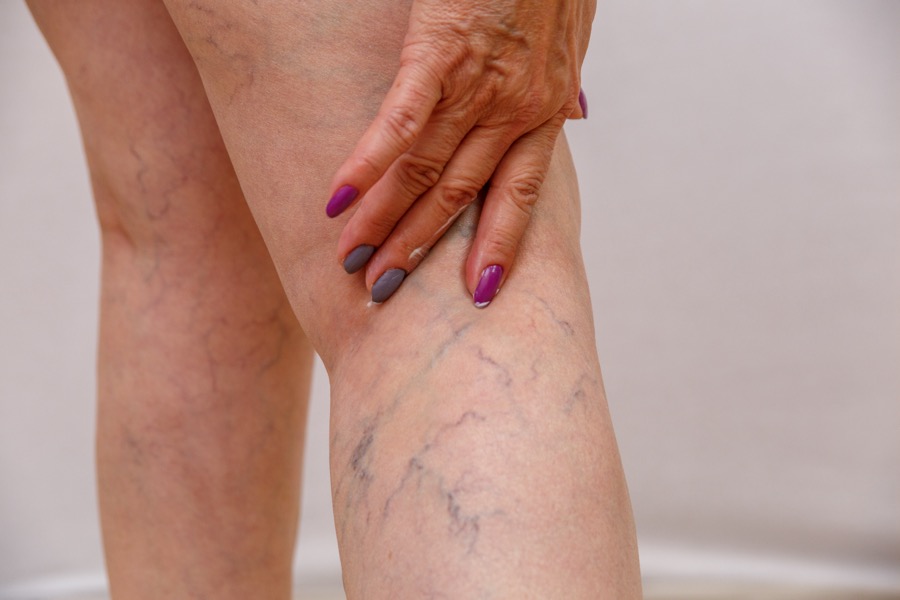Effects of Lifestyle and Age on Varicose Veins in Women

Table of Contents
The Impact of Lifestyle on Varicose Veins: How Occupation and Age Affect Women
Varicose veins are a common condition that affects millions of women worldwide. While genetics and hormonal changes play a significant role in the development of varicose veins, lifestyle factors can also contribute to their formation and progression. In this article, we'll explore how occupation and age can impact a woman's likelihood of developing varicose veins.
Occupation: A Key Factor
Certain occupations that require prolonged standing, walking, or sitting can put excessive pressure on the legs, leading to varicose veins. For example:
- Retail workers who spend long hours on their feet may be more prone to developing varicose veins due to constant pressure and strain.
- Teachers who stand for extended periods in the classroom may experience similar issues.
- Healthcare professionals who are constantly on their feet or standing may also be at risk.
These occupations can lead to:
- Increased blood flow to the legs, causing the veins to dilate and become weakened.
- Prolonged pressure and strain, which can cause the valves within the veins to become damaged or incompetent.
Age: A Factor in Varicose Veins
As women age, their risk of developing varicose veins increases. This is due to:
- Hormonal changes: As estrogen levels decrease with menopause, the veins' natural elasticity and strength are compromised.
- Weakened vein walls: With age, the vein walls become thinner and more prone to damage, making them less effective at pushing blood back up towards the heart.
The Impact of Lifestyle on Varicose Veins
In addition to occupation and age, other lifestyle factors can contribute to varicose veins, including:
- Poor circulation: A sedentary lifestyle or lack of physical activity can lead to poor circulation, causing the veins to become weakened.
- Obesity: Excess weight can put additional pressure on the legs, exacerbating varicose vein symptoms.
- Pregnancy and childbirth: Hormonal changes during pregnancy and childbirth can cause the veins to dilate and become weakened.
Conclusion
While genetics and hormonal changes play a role in varicose veins, lifestyle factors such as occupation and age can significantly contribute to their development and progression. By understanding how these factors impact varicose veins, women can take steps to reduce their risk of developing this condition. This includes:
- Engaging in regular physical activity to improve circulation.
- Maintaining a healthy weight through diet and exercise.
- Taking regular breaks to rest and stretch during long periods of standing or sitting.
By making these lifestyle changes, women can reduce their risk of developing varicose veins and maintain overall well-being.
- Varicose Veins
- Women's Health
- Vein Disease
- Lifestyle
Tommy Nguyen
Content Writer